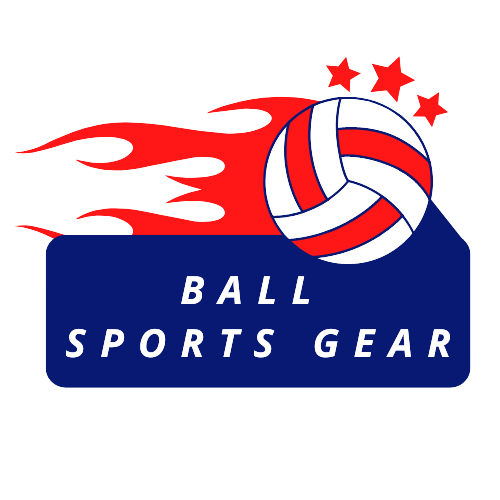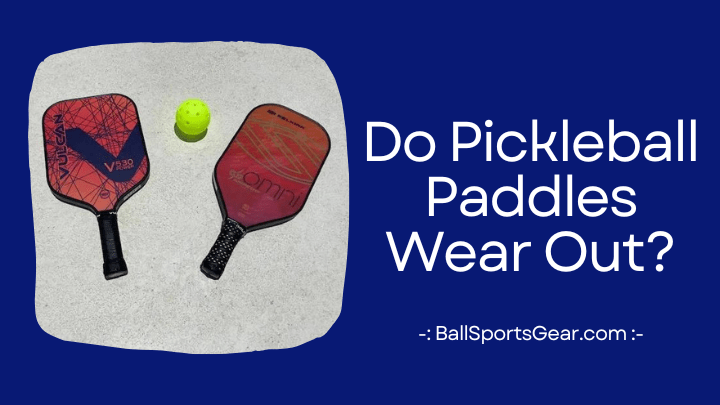Pickleball is a popular sport enjoyed by players of all ages and skill levels. As with any sports equipment, pickleball paddles are subject to wear and tear over time. Whether you’re a seasoned player or new to the game, understanding the lifespan and factors that contribute to the wearing out of pickleball paddles is important.
In this article, we will explore the question of Do pickleball paddles wear out, the factors that affect their durability, and provide tips on how to extend the life of your paddle. By knowing what to expect and how to properly care for your paddle, you can make the most out of your pickleball equipment.
How Do You Know When a Pickleball Paddle Is Worn Out?
Notice the sound:
One indicator that a pickleball paddle may be worn out is a change in the sound it produces upon contact with the ball. Over time, as the paddle’s surface or core deteriorates, you may notice a duller or muted sound instead of the crisp, solid “pop” that you’re accustomed to. This change in sound can suggest that the paddle’s performance has been compromised.
Feel the paddle:
As you play with a pickleball paddle over time, you may start to feel subtle changes in its performance and feedback. A worn-out paddle may lose its responsiveness, resulting in a diminished “feel” or a lack of power upon striking the ball. If you notice a decline in the paddle’s overall performance or it no longer feels as solid and reliable as before, it may be an indication of wear and tear.
Paddle appearance:
Visually inspecting your paddle can provide clues about its condition. Look for any visible signs of damage such as cracks, chips, or dents on the paddle face. These imperfections can affect the paddle’s performance and may indicate that it is nearing the end of its usable life. Additionally, if you notice significant wear on the edge guard or the surface of the paddle appears worn or uneven, it may be a sign that the paddle is reaching its limits.
Grip wear:
The grip on a pickleball paddle can wear out over time due to repeated use, sweat, and dirt accumulation. If the grip becomes slippery, loses its cushioning, or shows signs of fraying, it can affect your ability to maintain a firm and comfortable grip on the paddle. If the grip wear becomes excessive and compromises your control or comfort during play, it may be time to replace or re-grip the paddle.
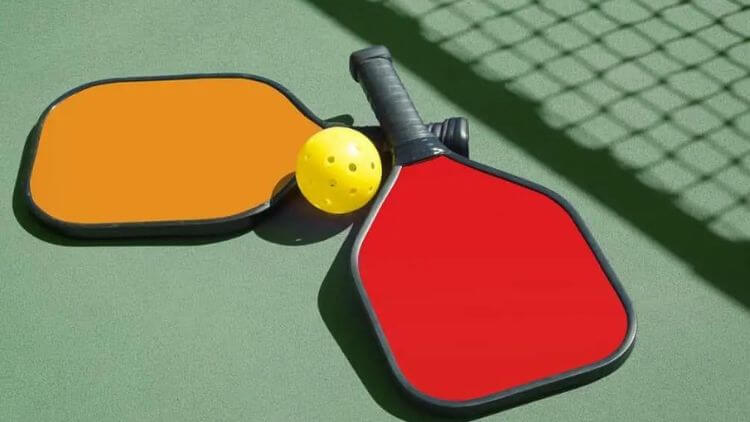
Core deterioration:
Some pickleball paddles have a core made of materials like polymer or aluminum honeycomb. Over time, these cores can deteriorate, leading to reduced performance. If you notice a loss of pop, decreased power, or a softer feel upon striking the ball, it could be an indication of core deterioration and a sign that the paddle is worn out.
Edge guard wear:
Many paddles feature an edge guard to protect the edges from damage. However, the edge guard itself can wear out with time, especially if it has experienced frequent contact with other paddles or surfaces. If the edge guard becomes loose, cracked, or starts to peel off, it may compromise the overall integrity and durability of the paddle.
While these indicators can suggest that a pickleball paddle is worn out, it’s important to note that the rate of wear can vary depending on factors such as paddle quality, frequency of play, and intensity of use. Regularly inspecting your paddle and addressing any signs of wear or damage can help you determine if it’s time to invest in a new paddle for optimal performance and enjoyment on the court.
Factors That Affect Pickleball Durability
Frequency of use:
The more frequently you play pickleball, the quicker your equipment, including the paddle, may wear out. Continuous use and regular impacts can gradually degrade the materials and performance of the paddle. Players who engage in intense and frequent play should expect their paddles to experience more wear and tear compared to occasional or recreational players.
Playing surface:
The playing surface can have a significant impact on the durability of a pickleball paddle. Rough surfaces, such as concrete or asphalt, can cause more wear and damage to the paddle face compared to playing on smoother surfaces like indoor courts or well-maintained outdoor courts. Abrasive surfaces can lead to scratches, chips, or dents on the paddle, affecting its longevity.
Weather conditions:
Extreme weather can also have an impact on a pickleball paddle’s toughness. The materials of the paddle may expand, shrink, or otherwise change due to extended exposure to severe heat, bright sunshine, or extreme cold. It is best to keep your paddle out of harsh weather and to store it safely when not in use.
Storage conditions:
Proper storage conditions play a crucial role in maintaining the durability of a pickleball paddle. Storing the paddle in a cool, dry place, away from direct sunlight and excessive humidity, can help prevent warping, cracking, or damage to the materials. Using a protective cover or case can also provide an extra layer of protection against accidental impacts or environmental factors.
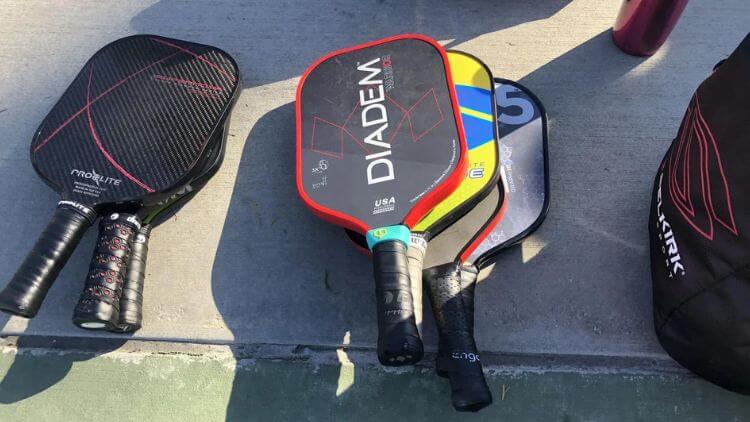
In addition to the factors mentioned above, the quality of the paddle itself and the materials used in its construction can significantly impact its durability. Higher-quality paddles made with durable materials and advanced manufacturing techniques tend to withstand wear and tear better than lower-quality options.
Regular inspection of your paddle for signs of wear, such as cracks, chips, or worn-out grips, is essential. If you notice significant damage or a decline in performance, it may be time to consider replacing your paddle to maintain optimal play and durability.
When to Replace Pickleball Paddle?
Knowing when to replace your pickleball paddle is important to ensure optimal performance and enjoyment of the game. How long do pickleball paddles last? While the lifespan of a paddle can vary depending on factors such as quality, usage, and maintenance, here are some signs that indicate it may be time to replace your pickleball paddle:
- Visible damage: Cracks, chips, or significant structural damage to the paddle face or core can negatively impact its performance. If you notice visible signs of damage that affect the integrity of the paddle, it’s time to consider a replacement.
- Loss of pop or power: Over time, the core materials of a paddle can deteriorate, resulting in a loss of pop or power when striking the ball. If you feel a noticeable decline in the paddle’s responsiveness and ability to generate power, it may be a sign that it has reached the end of its lifespan.
- Reduced control or accuracy: As a paddle wears out, it may lose its original touch and feel, leading to reduced control and accuracy during shots. If you find it increasingly challenging to place shots accurately or feel inconsistencies in ball contact, it may be time for a new paddle.
- Grip wear and discomfort: The grip of a paddle can wear out over time, becoming slick, worn, or losing its cushioning. A deteriorated grip can affect your hold, control, and overall comfort while playing. If you notice significant wear or discomfort, consider replacing the grip or the entire paddle.
- Performance decline: If you consistently feel that your performance on the court has significantly declined and you’ve ruled out other factors like technique or fitness, it might be worth considering a paddle replacement. A new paddle with improved technology and performance characteristics could help reignite your game.
How to Increase the Life of Your Pickleball Paddles?
- Keep it clean: Regularly clean your paddles with a damp cloth to remove contaminants from the surface. If not cleaned, these contaminants can cause accelerated wear on your paddles.
- Save from extreme weather: Don’t leave a damp and dirty paddle in your car trunk or other closed-up storage areas for extended periods of time. This is a sure way to accelerate rubber deterioration.
- Take care of the grip: The grip is an important part of the paddle, so make sure to take care of it. Replace the grip when it starts to wear out.
- Avoid hitting hard surfaces: Hitting the paddle on hard surfaces can cause dead spots on the paddle’s face. Try to avoid hitting the paddle on hard surfaces to lift the ball or expressing anger by hitting it on the surface.
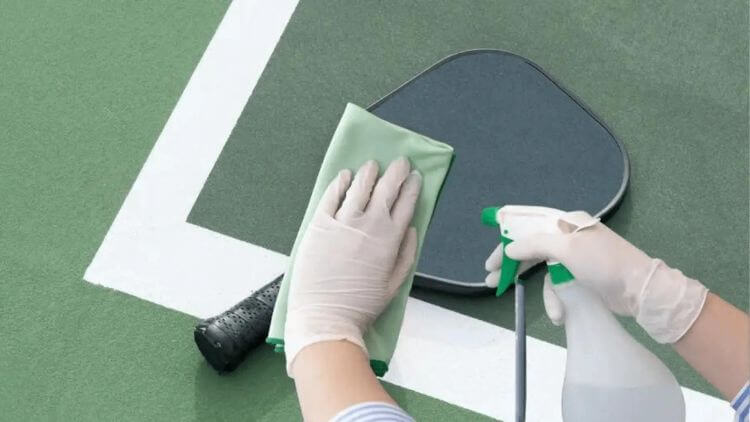
Frequently Asked Questions
A: It depends on the extent of the damage. Minor scratches or surface blemishes can often be repaired using paddle-specific repair kits or methods, but significant structural damage may require replacing the paddle altogether.
A: To increase the lifespan of your paddle, practice proper use and care, avoid extreme temperatures and moisture, clean it regularly after use, store it properly in a protective cover or case, replace worn grips, minimize paddle-to-paddle contact, and periodically inspect for any signs of damage.
Technically, you can play pickleball with a worn-out paddle, but it may be more challenging than playing with a new paddle. A worn-out paddle will not allow you to hit the ball as hard and can negatively impact your game2. If you are not comfortable playing with a worn-out paddle, it is recommended to buy a new one.
Conclusion
Do pickleball paddles wear out, pickleball paddles do wear out over time due to regular use and a combination of factors. The frequency of use, playing surface, weather conditions, and storage practices can all impact the durability of your paddle. However, by following proper care and maintenance techniques, you can significantly extend the life of your pickleball paddle.
